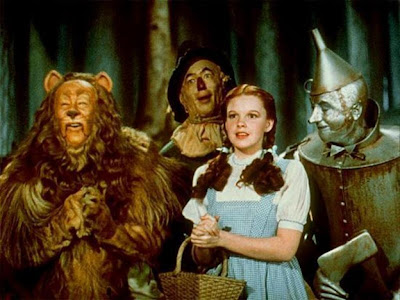Way before the likes of Angelina Jolie became famous there were artists who have set the yardstick for every upcoming performer and aspiring Academy awardee. With innate talent for acting, and still honed by experience throughout the years, these artists have become true epitomes of the “Best Actress” image.
1. Vivien Leigh (Gone With the Wind, 1940)
A homemaker who did not put her acting dreams to rest was named Hollywood’s best actress in her performance in one of the most celebrated films of all time: Gone with the Wind. This famed movie was Vivien’s first entry to Hollywood stardom, causing much controversy over her being cast as Scarlett O’Hara. Compounding this was her difficult working relationship with co-star Clark Gable. But the rest, as they say, is history. From then on, she had become a household name and a celebrated actress.
 |
| Image Source: cafleurebon.com |
2. Olivia de Havilland (The Heiress, 1950)
Olivia’s talent for acting was first recognized by the Academy Awards in her performance as Melanie Milton in Gone with the Wind. She was again nominated for her Hold Back the Down performance, but in a cruel twist of fate, lost to her sister Joan Fontaine. After having been eluded by an Oscar nod, she bagged the trophy in 1946 for To Each His Own and in 1949 for The Heiress.
 |
| Image Source: andthenomineesare.blogspot.com |
3. Simone Signoret (Room at the Top, 1960)
Simone was the first French to win the Oscars for her role in the Room at the Top. Prior to her winning the Academy Award, she had been often reduced to taking on prostitute roles. Following her recognition, she was offered films in Hollywood which she often turned down.
 |
| Image Source: moviemoviesite.com |
4. Maggie Smith (The Prime of Miss Jean Brodie, 1970)
Maggie Smith began her career in tinsel-town in the 1950s. She has since starred in over 60 films and has been nominated for an Oscar six times. Of the six nominations, she won two trophies; one for her performance in The Prime of Miss Jean Brodie in 1970 and California Suite in 1978.
 |
| Image Source: admmfics.proboards.com |
Louis A. Habash is a film archivist at the San Francisco Art Institute. He edits films, explores their significance, and catalogues chips for the public to access these films easily. For more related information, visit his page.


